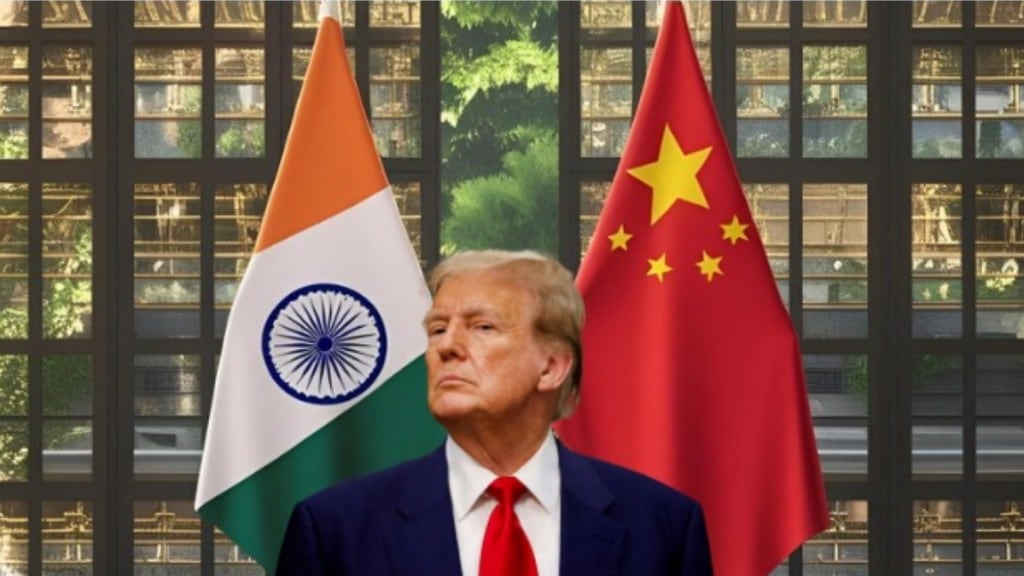While India is grappling with 50% extra tariff in the US, half of it for the energy-deficient country choosing to import oil from Russia, analysts have pointed out that Washington’s move is not only in violation of the relevant United Nations rules, but also smacks of discrimination.
“Other countries such as China, the European Union and and the US itself have been importing Russian oil and other commodities.. It appears that this was more of a negotiating tactic on the part of the US and to gain leverage in the ongoing trade negotiations considering the tariffs kick in 21 days later,” said Shashi Mathews, Partner, CMS INDUSLAW. Also, there are chances of a deal between US president Donald Trump and his Russian counterpart Vladimir Putin, which would destroy the whole rationale for the punitive tariff.
The Data: Comparing India’s Imports to Global Players
As per data from the Centre for Research on Energy and Clean Air, China imported €265,392 million of fossil fuels including oil, gas, and coal from Russia as of August 4 since the Russian invasion of Ukraine.
The EU, on its part, imported €212,493 million of Russian fossil fuels. This is significantly higher than India’s imports of €146,696 million during the period.
China imported €191,277 million of Russian oil while India’s imports stood at €130,392 million. Similarly, the EU’s import of gas at €104,241 million from Russia surpasses India’s gas imports of just €424 million from the Kremlin.
As part of a new slew of measures against Russia for its war against Ukraine, the European Union has recently imposed sanctions on the Indian oil refinery of Russian energy major Rosneft while lowering the oil price cap.
The Path Forward: Diplomatic Options and Firm Stance
The EU’s 18th sanctions package, effective January 2026, targets refined products made from Russian-origin crude, impacting Indian diesel exports to Europe.
According to CREA’s estimates, since the beginning of the war, Russia earned €923 billion in revenue from fossil fuel exports and the EU countries purchased more than €212 billion of these exports.
Mathews noted that going forward, the options seem to be rather limited to diplomatic engagement and probably agree for greater market access to US companies in other sectors.
“India has already offered to lower tariffs on almost all sectors which were in President Trump’s wishlist. Further, India had also committed to increasing defence purchases from the US. Therefore, India should stand its ground and not offer any more concessions apart from what has already been offered,” Mathews said.

